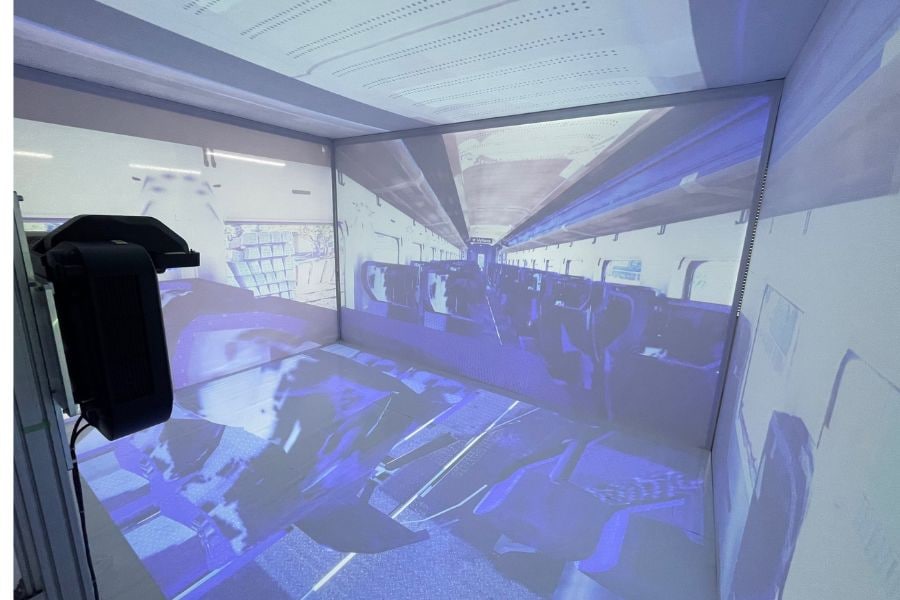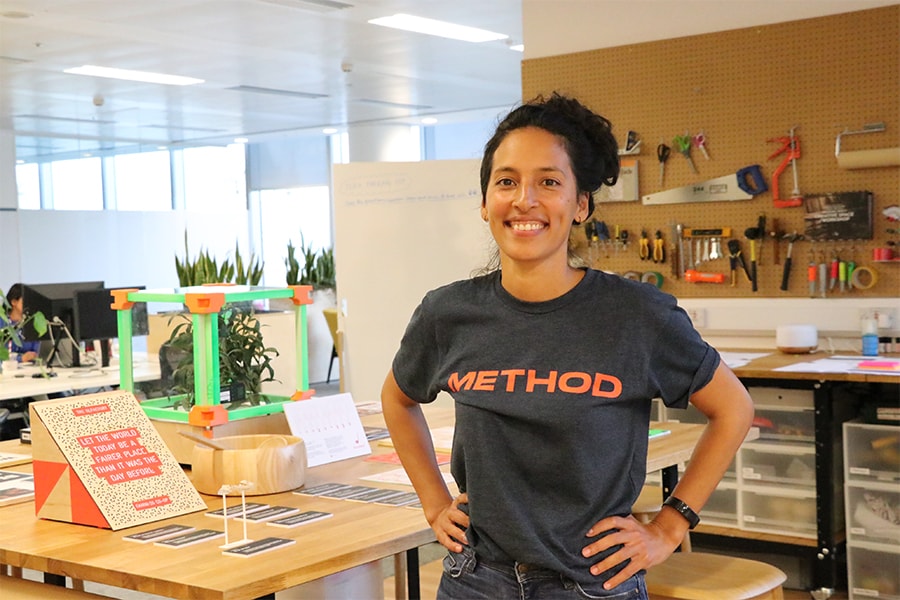Digital Engineering: A DX Technique for a Time When We Don't Know the End
Oct. 5, 2023
Mina Shimizu
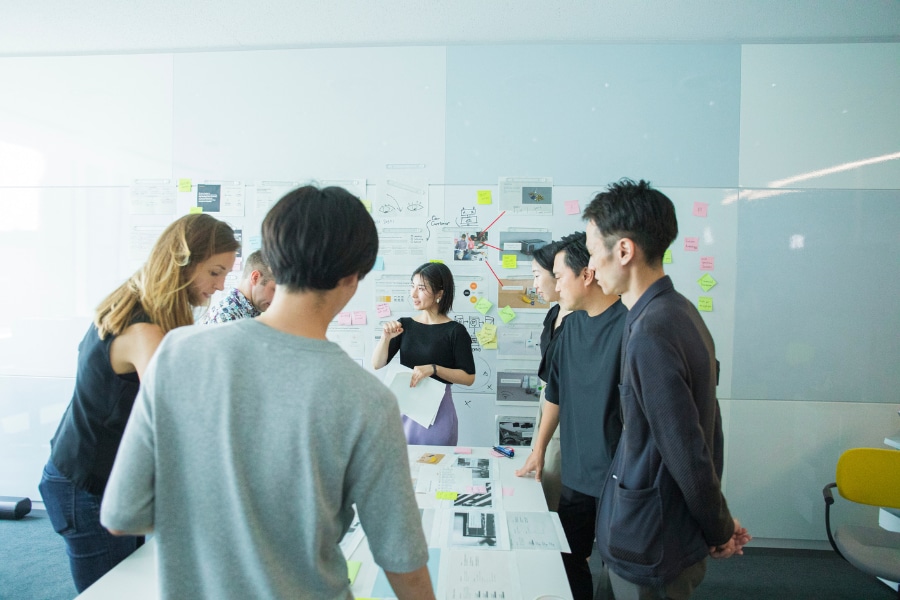
- Table of Contents
In recent years, companies have found it necessary to tackle digital transformation (DX). One of the areas that has been attracting attention is design-led digital engineering. This article will explain what can be achieved in this regard, based on use cases from GlobalLogic, a Hitachi Group Company.
What is digital engineering?
GlobalLogic, which became a member of the Hitachi Group in 2021, is a leader in digital engineering. The company is headquartered in Silicon Valley, U.S., and supports clients toward driving DX and developing new business.
So, what is digital engineering? Emi Goto, head of Strategy & Delivery at the company's Japanese subsidiary, explains as follows.
"We combine design and engineering to advance our clients' DX end-to-end, from service and product strategy planning to development. That is the digital engineering that we provide."
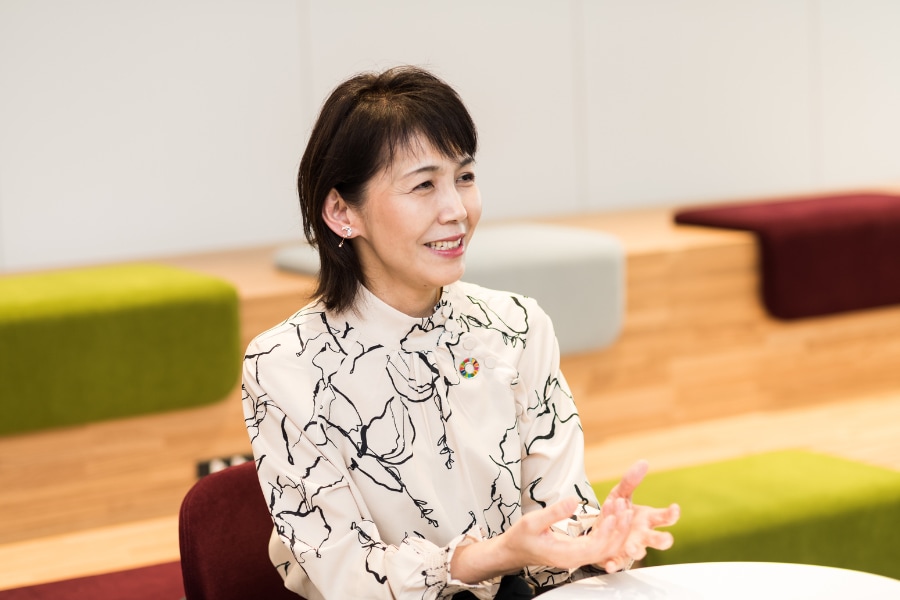
In strategic planning stage, issues are identified by the way such as the observation of target users, interviews, and data analysis, leading to the generation of ideas for product and service in collaboration with customers. The ideas are then evaluated in terms of both business viability and technical feasibility. After that, we move to actual development.
Designers, product strategists, project managers, and architects play a central role in moving the project forward. By having not only design specialists but also technology specialists participate and evaluate from the strategic planning stage, there is less risk of having to redo the strategy once development has begun.
Put simply, digital engineering involves creating next-generation products and services, and consulting to identify problems and design solutions together with clients. Both engineering and consulting are key to moving DX forward.
Digital engineering use cases
Using digital engineering can help create compelling customer experiences and can transform business models. Two specific use cases are presented below.
Case 1: Improving user experience through standardized global rules (McDonald’s)
McDonald's Corporation, a worldwide burger chain, had previously faced the problem of having an ordering system that varied by country and region, making it difficult for customers to understand. McDonald's, working with GlobalLogic, envisioned a new way to ensure a consistent customer experience at all of its locations.
GlobalLogic began by conducting behavioral observation surveys and interviews at stores around the world to understand how customers were making purchases and how store workers were responding. What became apparent was that customers wanted a service that would enable them to customize products to their liking at their own pace and in the same way at any store, without long wait times and detailed explanations to store workers.
GlobalLogic discussed with McDonald's how it could fulfill that need. As a result, McDonald's established standardized global ordering rules and deployed a rule-based mobile app and in-store kiosk terminals worldwide. The mobile app and kiosk terminals have also created a fun way for users to order by suggesting unexpected items that go well together based on past orders that the mobile app and kiosk terminals have recorded. Long lines have also been eliminated, which has improved customer service operations.
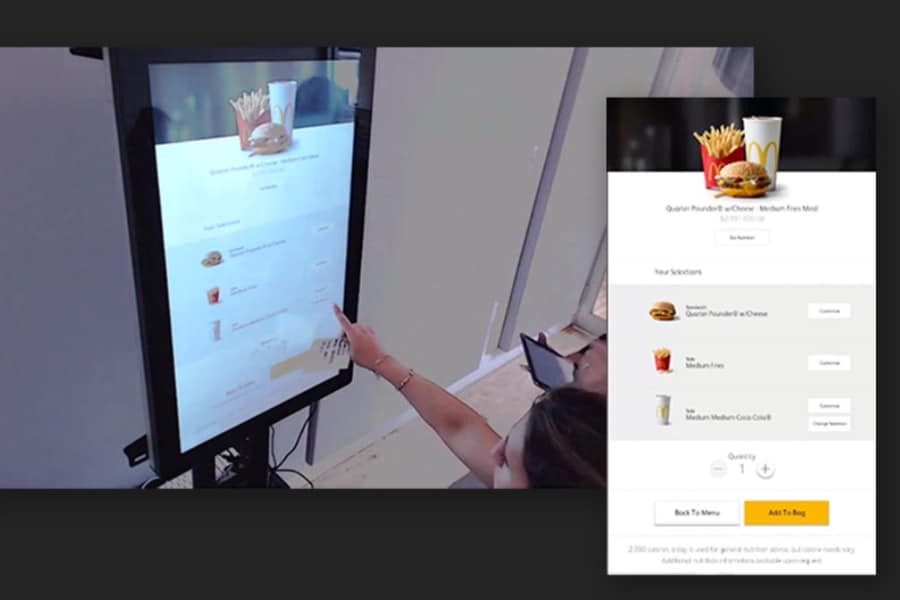
Case 2: Establishing a new business model as a publishing business (Pearson)
Pearson Plc, headquartered in London has textbook publishing as its core business. However, advances in digital technology have led to the emergence of companies offering new forms of services that go beyond the sale of goods. Therefore, the company urgently needed to adapt to the digital age and hence collaborated with GlobalLogic to restructure its business model.
GlobalLogic held discussions with Pearson's stakeholders and proposed the idea of providing educational content based on the user's learning level and other factors. GlobalLogic then successfully modified the platform into a learning platform by microservices architecture (a development technique that combines small independent features toward building one large application, enabling rapid and flexible modifications and additions of features). By creating an online environment where users can learn Pearson's educational content at their own pace, Pearson has transformed itself into a "Learning-as-a-Service" company, offering educational services that allow users to learn anywhere, anytime.

Speed: Essential factor
Another key factor for moving forward with DX through digital engineering is speed. In Silicon Valley, the best place of DX, the value of innovation through agile, fast-paced development has taken root in the organizational culture. Nitesh Banga, President and CEO of GlobalLogic, explains why.
“We don't know the end.”
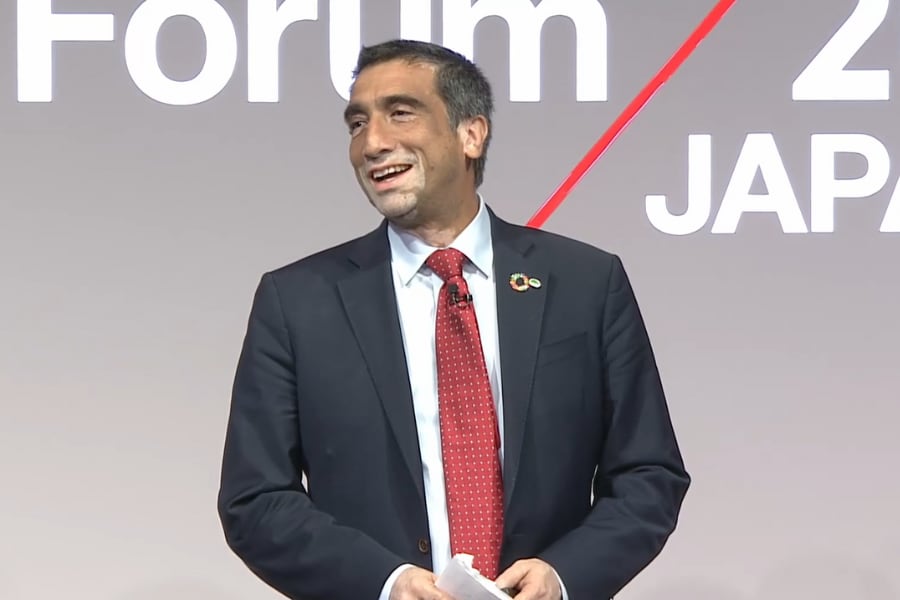
Today's society is changing rapidly and customer needs are diversifying. Even when we find a goal that is a challenge or a solution, goals can also change in the blink of an eye. And technology is also continuing to evolve. Therefore, the team that can best fit the solution into each individual issue, strategic planning based on design thinking, and rapid engineering are required.
According to Goto, Shashank Samant, former CEO and current Chairman of GlobalLogic, joked: "We act fast. Sometimes too fast." However, his eyes were serious as he said: "What we are aiming for is 'very fast.'"
In Europe and the U.S., decisions are often made quickly, even with little information, toward launching and testing services and products in the market. The developer then continuously makes improvements while observing the market's response, aiming to ultimately reach the market's needs in the shortest possible time.
Japanese companies, in contrast, do not necessarily believe that "fast is good." They tend to make careful decisions while referring to the case studies of other companies, due in part to business practices unique to Japan.
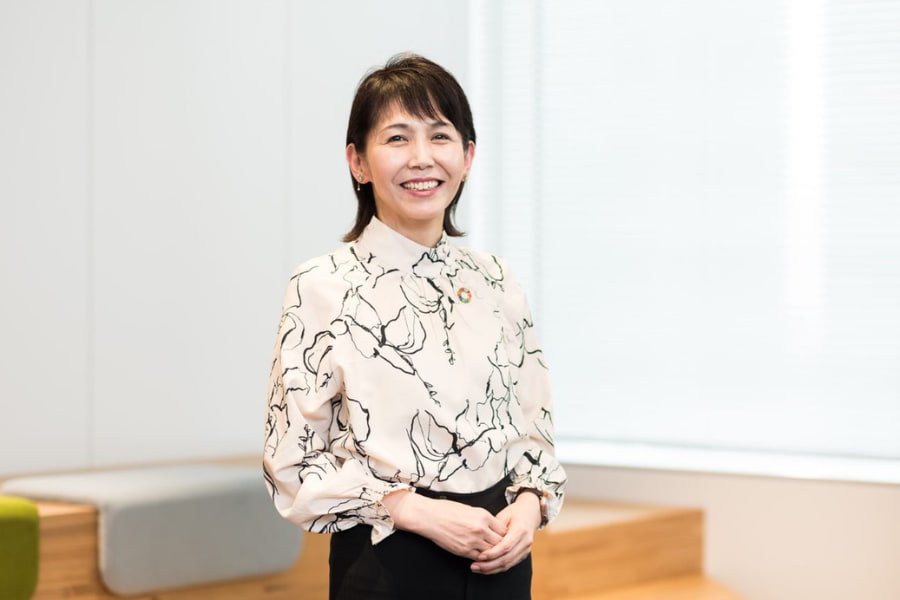
"There are aspects of management and business that require exploration, and aspects that require building something robust and secure. It’s most important to identify the right approach to the challenge," Goto said.
Goto continues by talking about the use of digital engineering in Japan in the future.
"In order to provide the best solution to the challenge, we will work not only with GlobalLogic's agile team but also with Hitachi Group Companies that specialize in building robust and secure systems to contribute to our customers' DX by One Hitachi."

